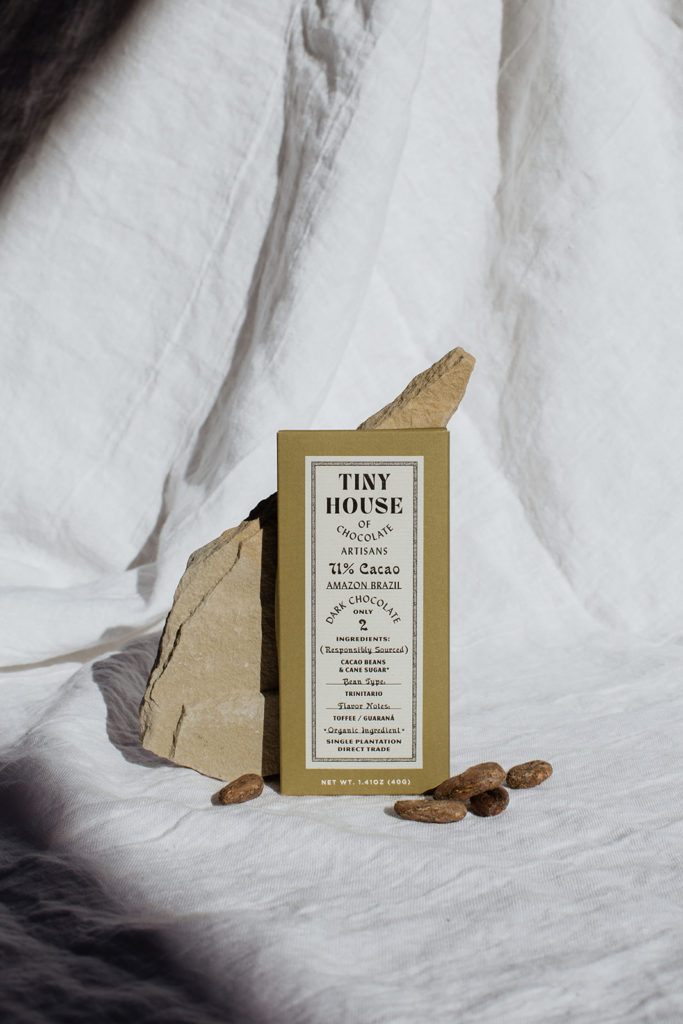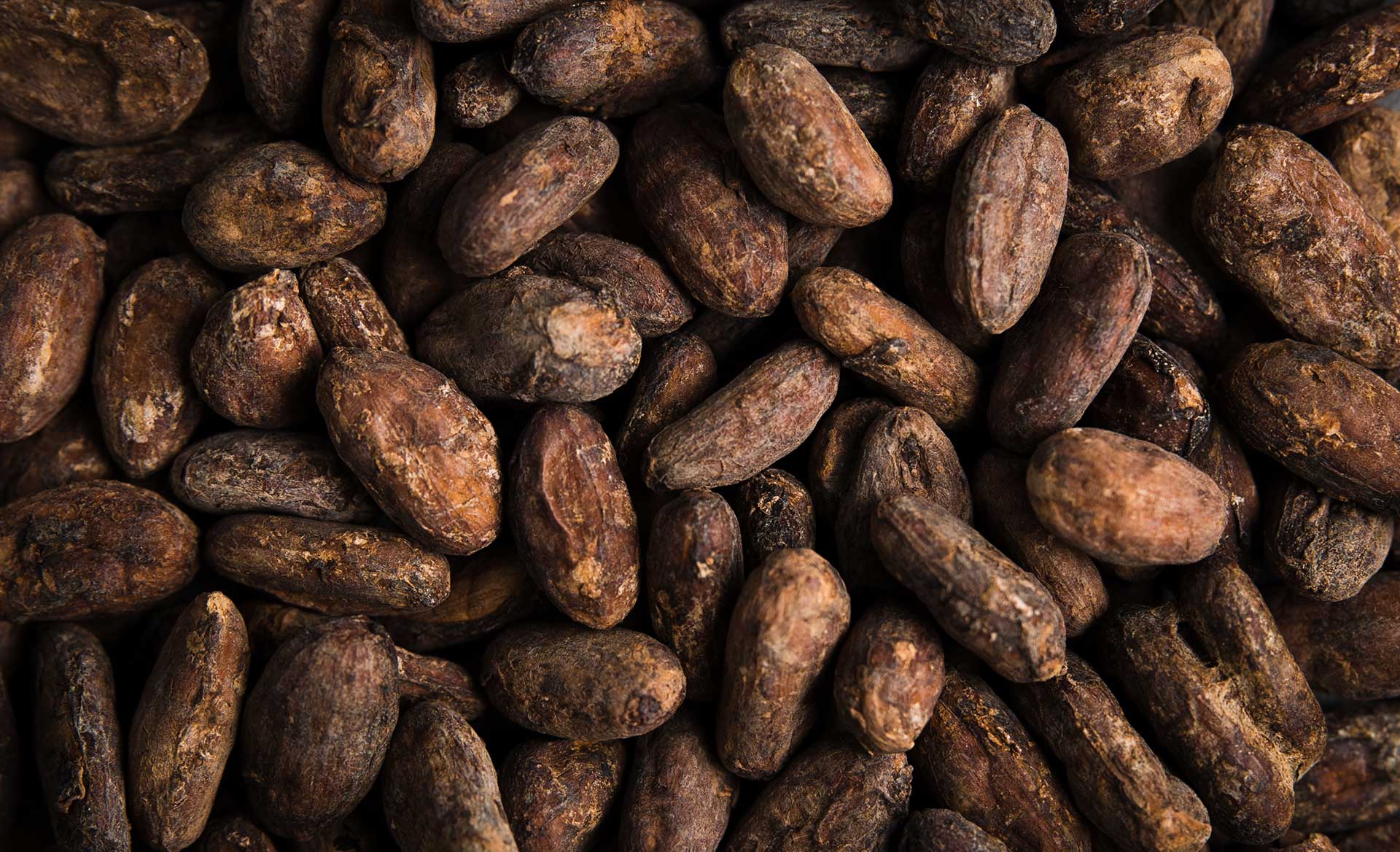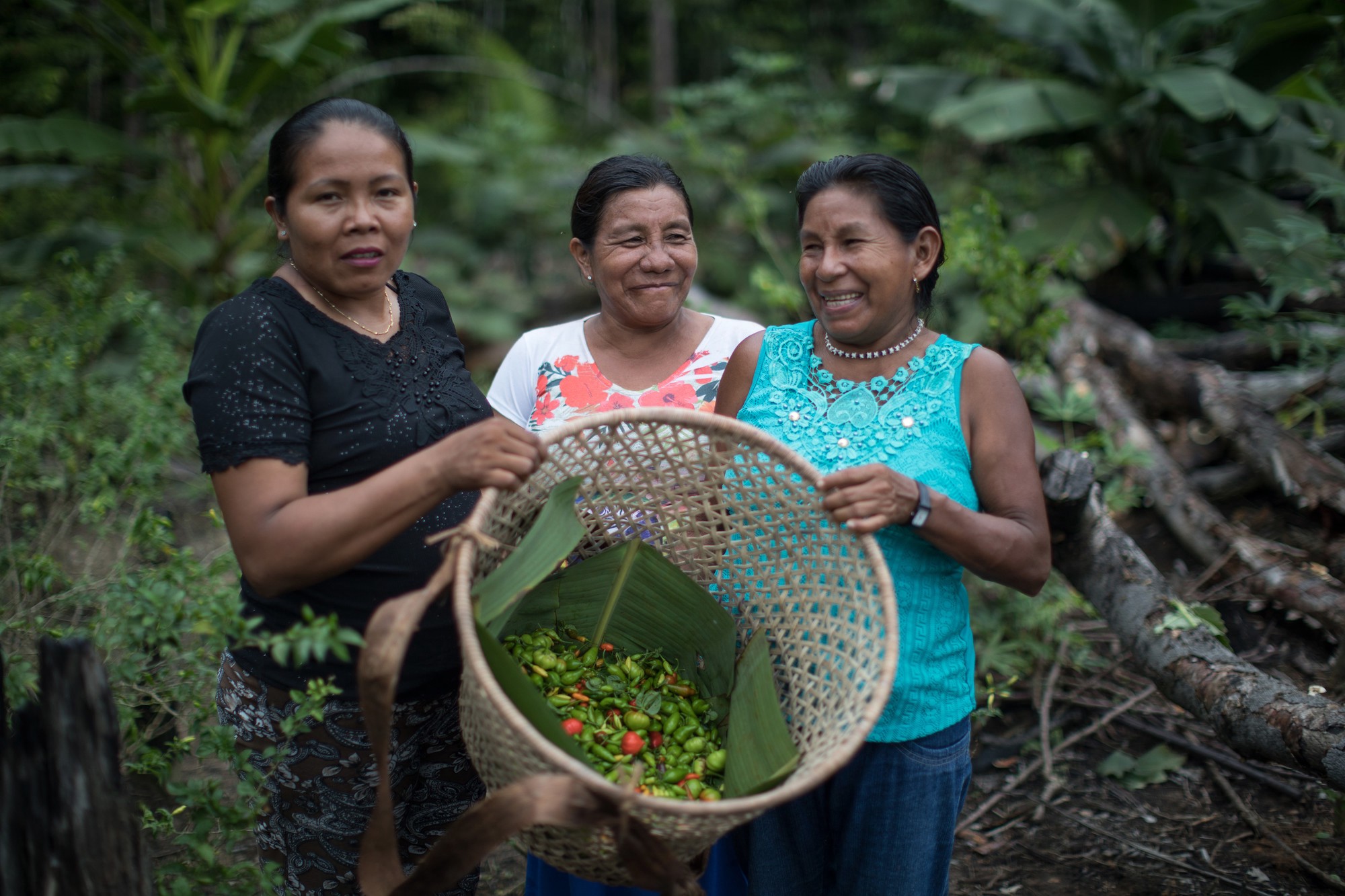Cacao as Economy Booster
| Written by: Tiny House Chocolate
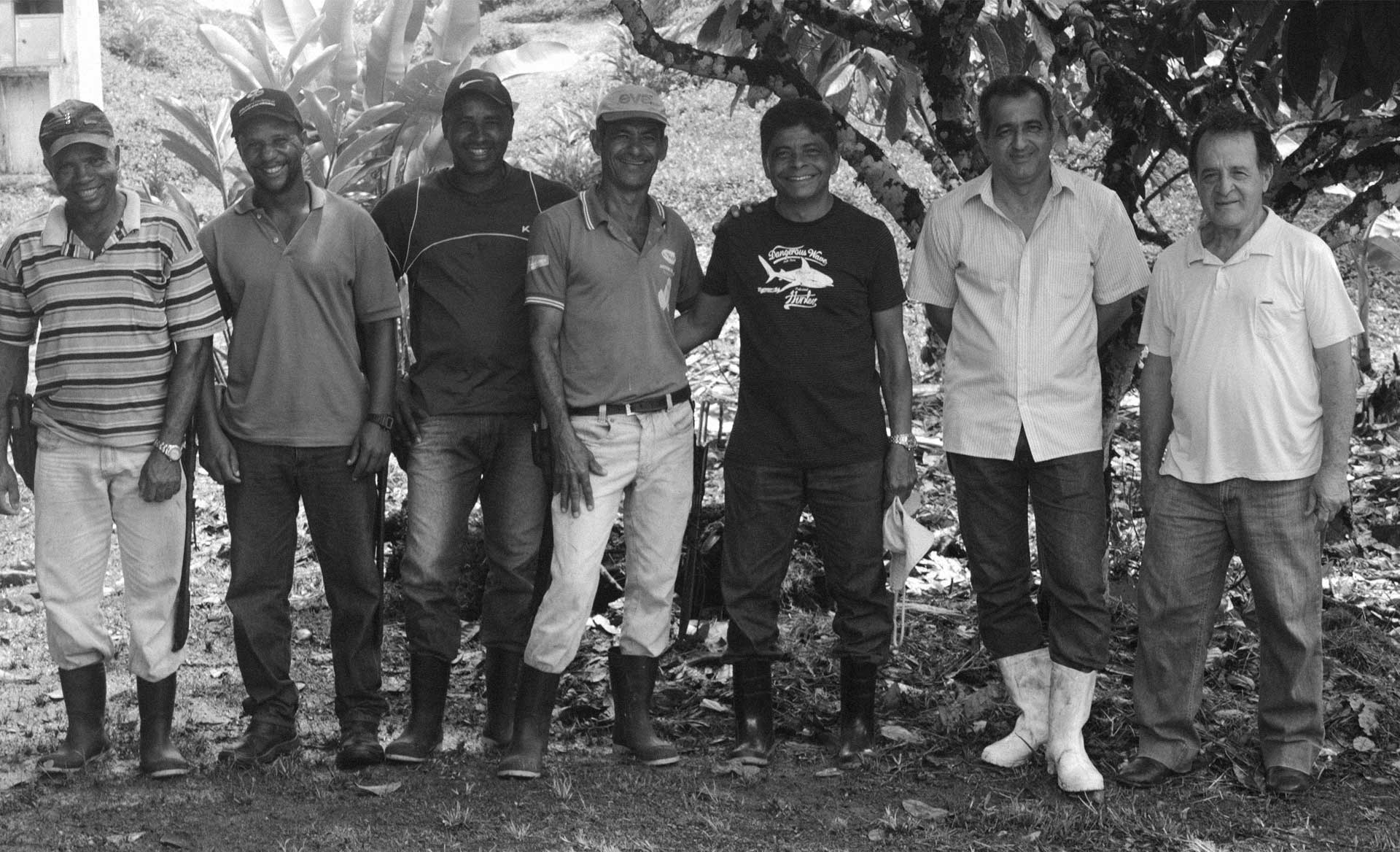
How cacao family farming production can boost regional and national economy
This article will present a different potential of cacao. In addition to serving as a raw material for a variety of quality, flavorful and healthy products, this versatile fruit can transform a small region and even boost a country’s economy. The following story takes place in Brazil, the seventh-largest cacao producer in the world, which also supplies raw material for some of the Tiny House Chocolate products.
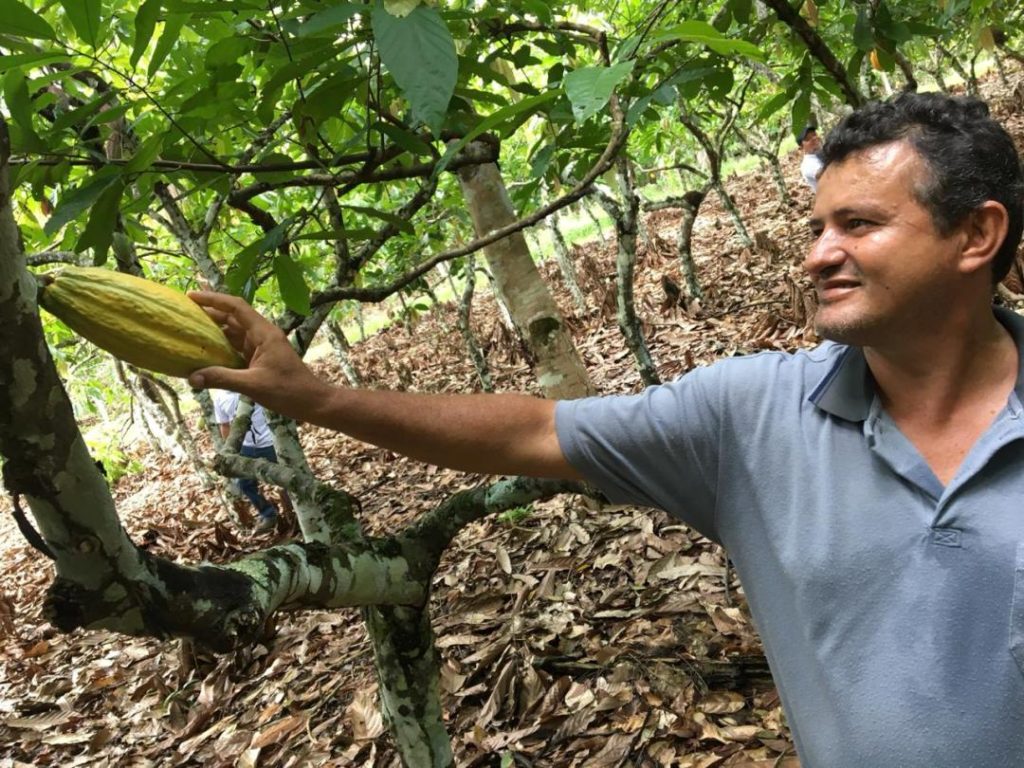
Cacao producer José Silva Rosa, or Zezinho, from Tuerê, one of the largest settlements of small rural producers in Latin America, in Novo Repartimento (Pará, in the Brazilian Amazon region), is part of the 95% world cacao production held by family farmers.
Zezinho’s cacao production is part of a sustainable and inclusive landscape strategy supported by Solidaridad, that provides technical assistance in the field, and also creates new sales opportunities to increase producer’s income since 2015, aiming to develop low carbon and sustainable agriculture model adapted to family farming in the Amazon.
Solidaridad is a global network that worked with over 600.000 farmers, miners and workers to adopt good practices to sustainable development. Its mission is to bring together supply chain players and engage them with innovative solutions to improve production, ensuring the transition to a sustainable and inclusive economy that maximizes the benefit for all.
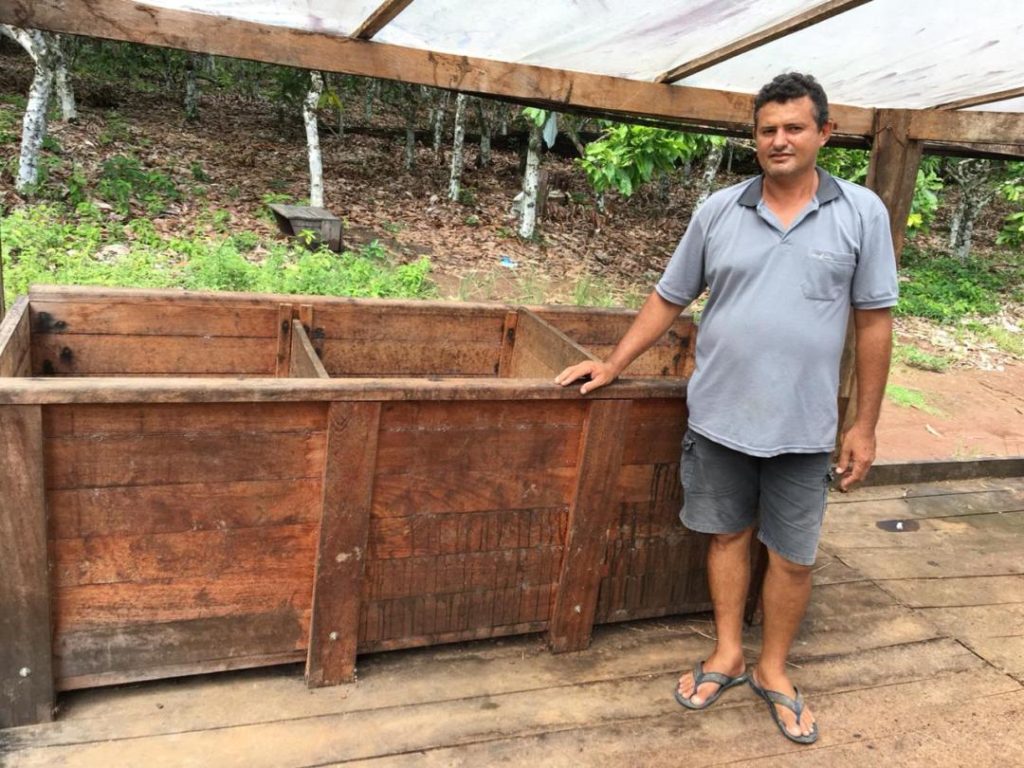
In 2018, Zezinho was selected by the Brazilian Executive Commission for Cacao Cultivation Planning (CEPLAC) and Agricultural Development and Fisheries Secretariat of Pará (SEDAP) to attend the Salon du Chocolat, in Paris. The event brought together recognized professionals and chocolate specialists from five continents to educate the public on making more informed and responsible decisions when buying chocolate.
A Zezinho’s cacao beans lot was sent to the Cacao Innovation Centre for a sensorial analysis with others from Tuerê’s producers, and it was identified as the best one. Paulo Lima, the agricultural projects coordinator from Solidaridad in Brazil, then contacted Bruno Lasevicius, a chocolatier from Sao Paulo – the biggest city in the country, who is part of the Bean-to-Bar movement. He was surprised with the quality of the beans and acquired them to produce his craft chocolate.
The Tuerê chocolate presents notes of Amazonian fresh fruits, like guaraná, and is present in California and also in Sao Paulo. Casa Lasevicius production was recognized at the blind tasting of national cacao beans at the Bean to Bar Chocolate Week 2018, in Sao Paulo, and Zezinho was honored in September at the International Cacao and Chocolate Festival of Amazonia. He was grateful for becoming well-known and became an inspiration for other cacao growers present at the event. They realized the importance of their role in making high-quality chocolate, aiming for the Bean-to-Bar market.
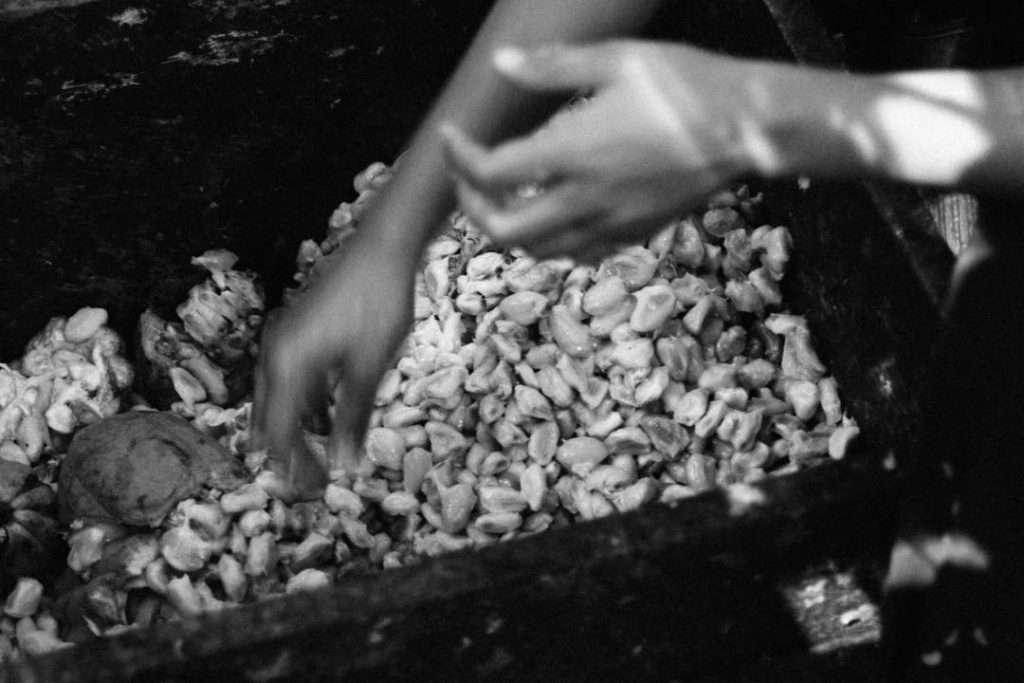
Bean-to-Bar is a profitable market for family farmers. It represents 8% of the Brazilian chocolate market. Though relatively small, premium production can be a strategic advantage for the country because cacao is one of the few commodities that have the potential to transform the national economy, said Cristiano Vilela Dias, scientific director from the Brazilian Cacao Innovation Centre, to Solidaridad’s website.
The biggest challenge is to upscale the production capacity while maintaining high quality in the long term. According to Vilela, what distinguishes good chocolate is the quality of its process, from the choice of the seed to crop management, harvesting, fermentation, and the processing of the chocolate itself.
Zezinho’s story is an example of the importance of the quality of cacao produced by family farmers to boost the national economy and still provide raw materials for the emerging Bean-to-Bar chocolate market.
